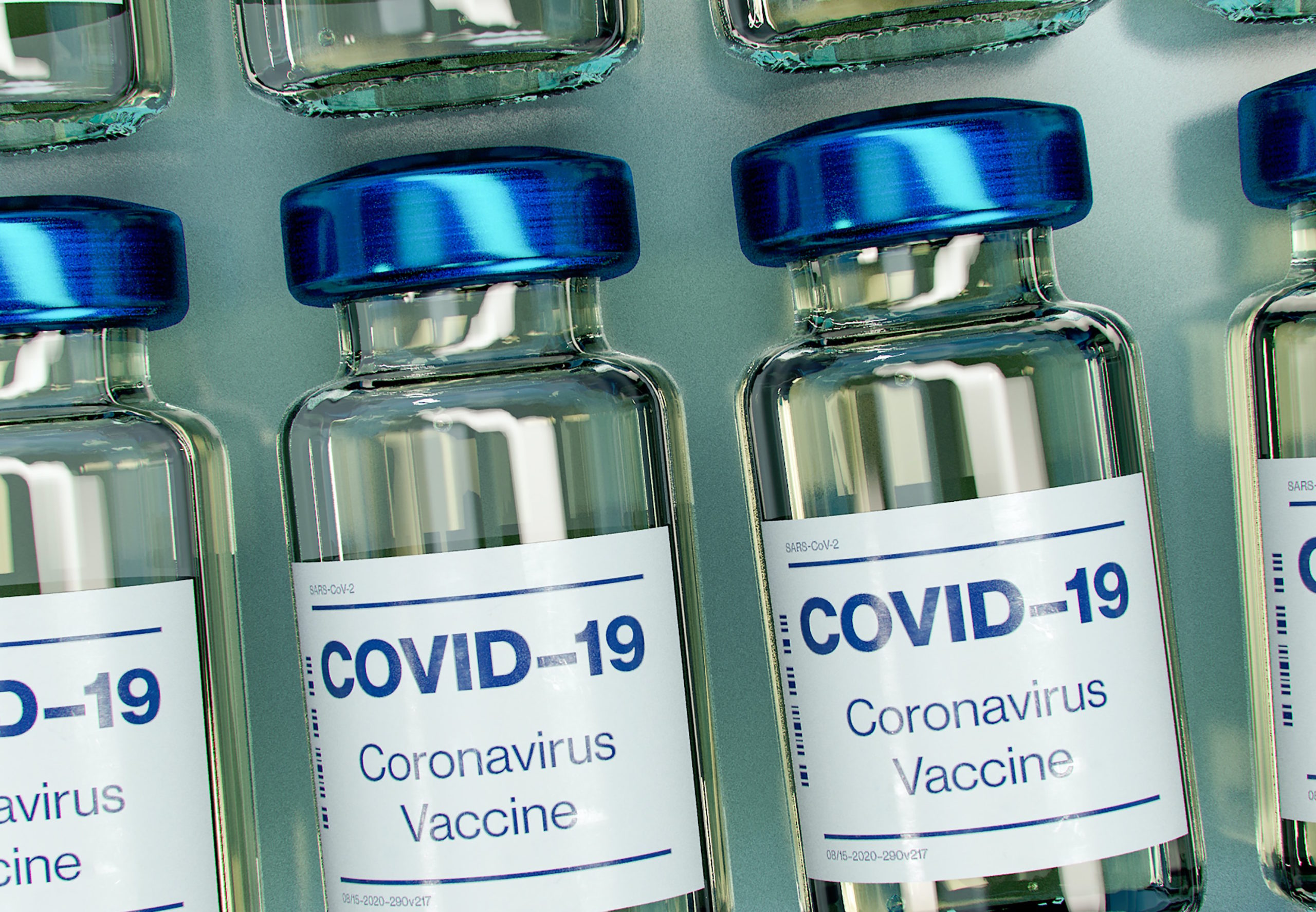As COVID-19 follows us into 2021 and cases continue to loom large locally and abroad, there is some solace in knowing that the light at the end of the tunnel is soon approaching. Inoculation efforts have commenced worldwide, and Canada has approved two mRNA vaccines to date, developed by Moderna and Pfizer respectively.
The Canadian vaccine rollout commenced in mid-December, and to date, over 370,000 Canadians have had the vaccine administered. With 60 million doses of the vaccine secured from the two pharmaceutical giants, how does Canada plan to go about administering the vaccine?
The strategy varies from province to province. As far as Ontario is concerned, the vaccine will be rolled out in three phases.
The first phase began on December 15, 2020 as a readiness pilot, vaccinating more than 2,500 health care workers. The purpose of this pilot was for the government to gain more information for their plan, to test logistics and delivery, and observe how people react to the vaccine.
Following this pilot, Ontario received 140,000 doses of the Pfizer and Moderna vaccines, which were sent to 17 hospitals to be administered to caregivers, hospital workers, and long-term care homes. Following these doses, more vaccines will be distributed to hospitals, essential caregivers, and First Nations communities.
“We want to get at the most vulnerable population and then get at the health-care workers across Ontario. We know we will have more demand in those two groups than we will have vaccines to satisfy, so we can’t do it all at once,” says retired Gen. Rick Hillier, chair of the Ontario COVID-19 task force.
Phase two is expected to begin at some point this winter — with a specific date still unannounced — and as dosing quantities allow. In this phase, the vaccine will be open to all groups covered in phase one, along with congregate care settings (i.e. shelters) and adults over 70 in expanded regions.
Phase three will commence once vaccine quantities are such that everyone who wants to receive immunization can do so. The vaccine will not be mandatory, but everyone is strongly encouraged to get one. As Ontario’s official COVID-19 plan states, “the ethical framework, data and available vaccine supply will help to prioritize groups in this phase.”
“Contracting the virus myself and watching my family go through it … I want to get the vaccine as soon as possible because I can’t stand the thought of being bed-ridden for a week like I was when I had it.”
“I will be looking to get the vaccine as soon as I possibly can,” says Rahul Agarwal, a fourth-year computer science student whose family unfortunately contracted COVID-19 earlier last year.
“Contracting the virus myself and watching my family go through it definitely gave me a first-hand perspective of just how serious COVID-19 is. I want to get the vaccine as soon as possible because I can’t stand the thought of being bed-ridden for a week like I was when I had it.”
Among the primary concerns of the government are storage of the vaccine and its supply. As of January 8, Premier Doug Ford has stated that the province’s supply of the Pfizer vaccine will be finished by the end of the week and that more will be received shortly.
In terms of storage, the vaccine must be maintained under strict guidelines, with water levels, refrigeration temperatures, and light exposure being key factors.
A poll by Ipsos/Radio-Canada indicated that a majority of Canadians want to get the vaccine, but would rather wait a month or two before doing so, as they likely want to be certain that there are no adverse reactions.
Roy Reddy, a third-year health sciences student can identify with the majority of his fellow Canadians in this poll.
“I don’t have any doubts that it will be effective, but with all the updates and information constantly changing, along with the anxiety of the whole pandemic itself, I’d like some breathing room just to see how everything vaccine-related plays out.”
Health Canada reminds the public that mild side effects such as redness or swelling at the injection site are to be expected as the body’s natural response. Other reported side effects are a short-term fever and headache, which typically subside within 24 hours. Health Canada states that any serious effects beyond this are extremely rare — generally less than one in a million.


